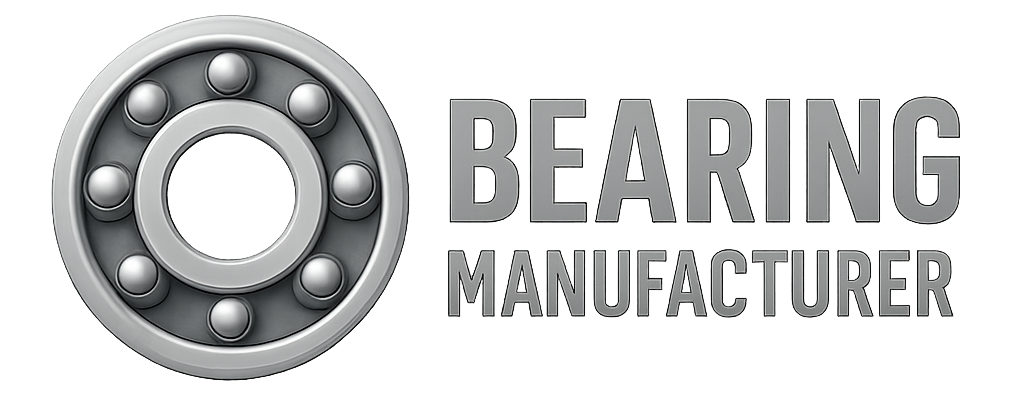Definition and Function
A cam follower is a mechanical component designed to maintain contact with a cam lobe profile. It translates the cam’s rotational or oscillating motion into controlled linear motion, enabling machines to perform precise, repetitive tasks.
-
Motion Conversion: Rotary → Linear or Oscillating.
-
Precision: Supports complex motion profiles tailored to the cam’s shape.
-
Reliability: Spring-loaded designs keep constant contact, even with profile variations or vibration.
Types of Cam Followers
By Contact Shape
-
Knife-Edge Follower – Sharp contact point; simple but prone to wear.
-
Roller Follower – Reduces friction and wear using a rolling element.
-
Flat-Faced Follower – Broad contact surface; tolerates higher speeds.
-
Spherical-Faced Follower – Curved face for even pressure distribution.
By Motion
-
Oscillating Follower – Produces vibratory action from cam rotation.
-
Reciprocating Follower – Creates back-and-forth linear movement.
By Movement Alignment
-
Radial Follower – Motion path aligned with cam center.
-
Offset Follower – Path offset from cam axis for unique motion profiles.
Cam Follower Bearings
Cam followers use roller bearings and needle bearings tohandle heavy radial loads and intermittent shocks. Also called track followers, they are built for durability in demanding environments.
-
Stud Type – Compact, integral stud for direct mounting and high radial load capacity.
-
Yoke Type – Mounted on a shaft or pin; better for applications with alignment variation.
What Is a Cam?
A cam is a shaped mechanical element that converts rotary motion into linear or oscillating motion. The cam and cam follower work as a pair—one defines the motion path, the other follows it.
Common Applications:
-
Automotive camshafts – Control intake/exhaust valves.
-
Industrial automation – Tool positioning in CNC lathes.
-
Textile and sewing machines – Pattern creation.
-
Household devices – Washing machine timers, lawn sprinklers.
Types of Cams
By Shape
Disk, wedge, spiral, cylindrical, heart-shaped, translating, snail drop, conjugate, globoidal, spherical.
By Follower Motion
Dwell-rise-dwell-return, rise-return-rise, dwell-rise-dwell.
By Constraint
Spring-loaded or positive-drive systems.
Working Principle
-
Cam rotation defines the motion profile.
-
Follower tracks cam contour, converting shape changes into linear/oscillating motion.
-
Bearing assembly ensures smooth rolling under load.
Key Applications
-
Engines – Valve actuation.
-
Packaging machinery – Product indexing.
-
Conveyors – Automated motion control.
-
Toys – Periodic mechanical movement.
Essential Terminology
-
Cam Profile – Active contact surface.
-
Base Circle – Smallest circle from cam center.
-
Pitch Curve & Pitch Point – Defines motion path and max pressure angle.
-
Pressure Angle – Influences force transfer efficiency.
Conclusion
Cam followers are critical for precise motion control in industrial and automotive systems. Their ability to handle high loads, maintain contact under variable conditions, and adapt to complex cam profiles makes them indispensable.
For engineers and procurement teams, selecting the correct cam follower type and bearing configuration ensures longer service life and higher machine efficiency. For reliable solutions and expert guidance, Bearing Maker offers a complete range of premium cam followers and technical support.
